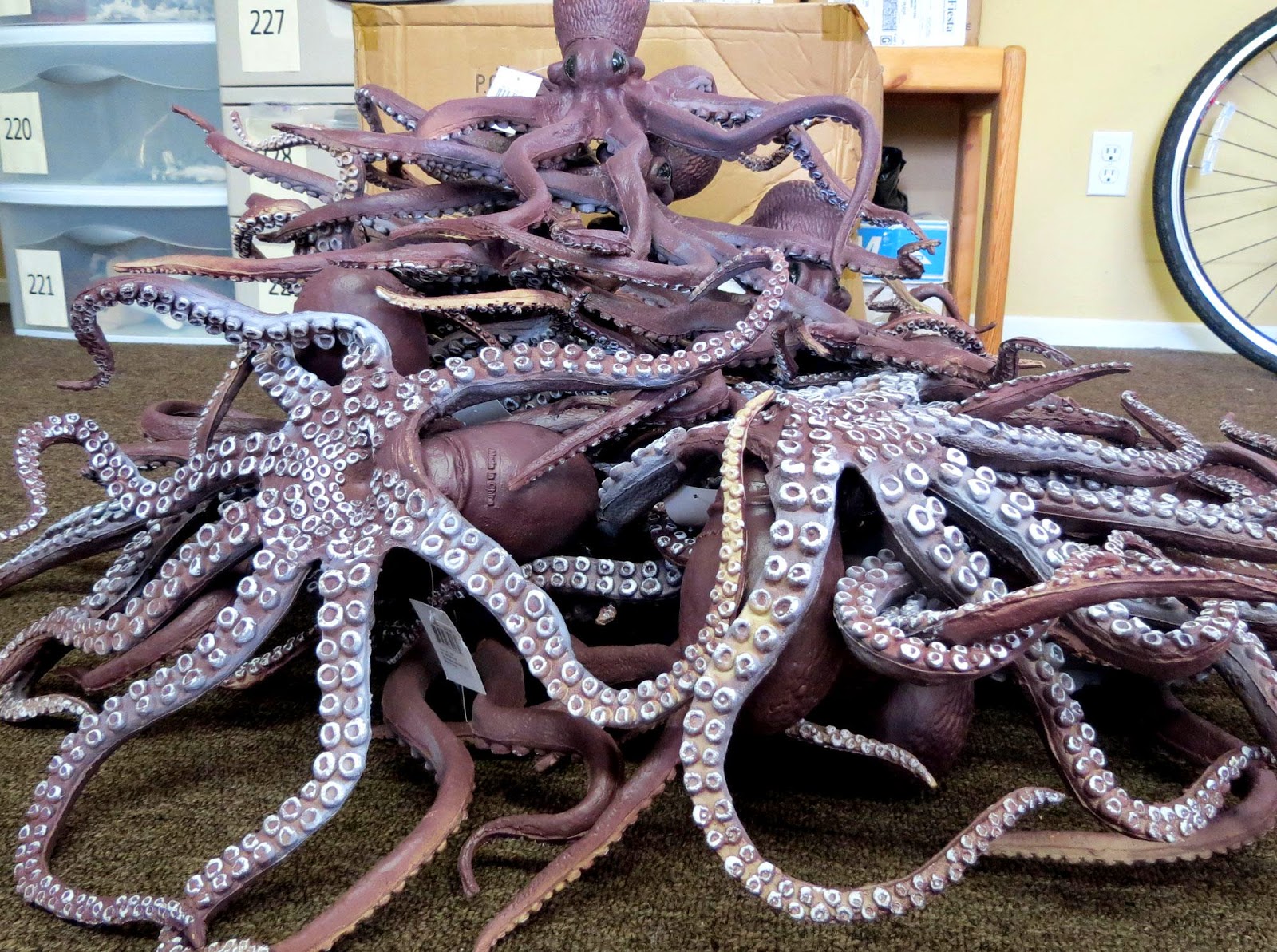The midnight moon dragon (Draconem regium), also known as the regent dragon because of its regally colored purple scales, is a creature of shadows. During the Middle Ages, regent dragons were drawn to the majesty of the towering cathedrals of Paris, Chartes, and Salisbury. They liked to slither and snake around the spires and make their homes in crypts and catacombs where they curled up with decaying archbishops and queens. Mostly they were quiet and unobtrusive, but they hated to be disturbed and occasionally, a stray priest or acolyte would be eaten or burnt beyond recognition. Although it's a fact buried in the bowels of history, one of the main reason gargoyles began to festoon cathedrals was to keep the dragons out.
In 1203, Sister Elisabeth of Rievaulx came across a wounded regent dragon in the crypt at Chartes. Having an affinity for all wild beasts, she nursed it back to health in secret. Dragons, while infinitely deadly, also have a strong sense of allegiance and loyalty. If you help one, they will protect you to their dying breath. This dragon was no exception, and because of their newly forged friendship, Elisabeth was able to convince all the dragons to relocate to caves in the French countryside. She and a few sisters accompanied them and became the Holy Order of Dragons. Unfortunately, the order was not sanctioned by the church and died out when Elisabeth died. Her legend survives only in folk tales and late-night fireside stories. But the dragons live on. Whenever you see movement out of the corner of your eye, but turn to see nothing, you've probably spotted a midnight moon dragon. And if you like dragons, be sure to check out our wonderful horde!
This blog is sponsored by Tapir and Friends Animal Store.













